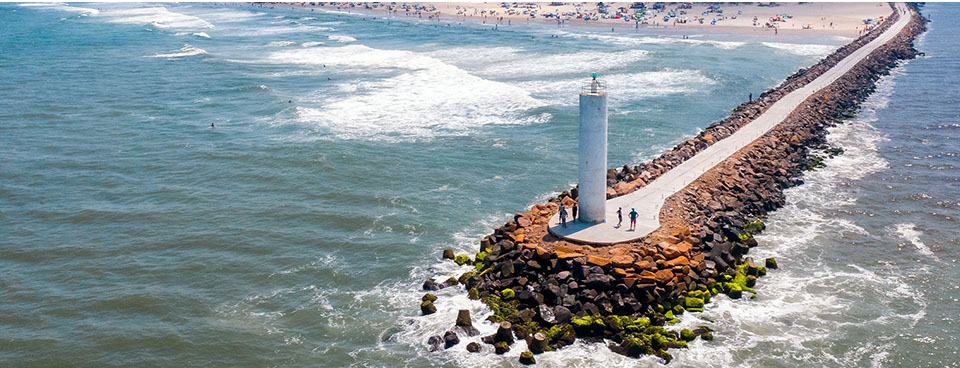Explore the Historic Center of Rio Grande

Nestled in the southernmost region of Brazil, Rio Grande is a historical gem that boasts a rich cultural heritage. Founded in 1737, this charming city is known as the “Bride of the Sea” and is renowned for its stunning colonial architecture and significant museums. The historic center of Rio Grande serves as a testament to the city’s glorious past and offers travelers a glimpse into its heritage.
At the heart of the historic center lies the old Port of Rio Grande, inaugurated in 1772 and regarded as one of the country’s oldest ports. Today, it houses the impressive Porto Museum and the Nautical Museum, both showcasing the maritime history and significance of Rio Grande in the nation’s development.
Visitors can explore the Oceanographic Museum, which features an extensive public exhibition about marine life and ocean dynamics. With a collection of 45,000 lots of shells, the museum is one of the most significant in South America. The nearby historical landmarks, such as the Cathedral of St. Peter—one of the oldest temples between Laguna and Montevideo—built in a stunning Baroque style by the Portuguese in 1755, offer further insights into the rich architectural heritage of the city.
The Church of Our Lady of Mount Carmel is another magnificent structure, showcasing the beauty of Rio Grande’s religious architecture. For those interested in history, the City Museum of Rio Grande and the Riograndense Library, one of the oldest cultural institutions in the state, hold collections that narrate the tales of the Paraguayan War and other local historical events.
The “Sobrado dos Azulejos,” the only 19th-century urban house in southern Brazil adorned with Portuguese tiles, is a remarkable site. The Customs House, built in 1804, stands as the most beautiful building in the city, embodying the charm of the colonial era.
Among the many fascinating monuments in the center, the Xavier Ferreira Square features a fountain from the Rio Grande Hydraulics Company, a column honoring the freedom from slavery, and monuments dedicated to influential figures such as Mother and Brigadeiro José da Silva Paz, who founded the city. The Imperial Corvette Museum enriches the visitor’s understanding of Brazil’s naval history, while the Antarctic Museum, a replica of the Comandante Ferraz Brazilian Station in Antarctica, offers a unique educational opportunity.
Moreover, the Museum of Gun Powder, located on one of the islands in the Laguna dos Patos, provides a glimpse into the history of this strategic location that periodically gets flooded due to the tide. The Picada Museum, reflecting the life of rural communities in the 19th century, is another must-visit.
Rio Grande is not only a city of history but also of tranquility. The mild climate and stunning beaches attract visitors looking for a serene getaway. Renowned for its gastronomy, the city tantalizes taste buds with seafood, fried fish, shrimp, and the traditional gaucho barbecue. The local specialty, “Gerupiga,” is a symbol of Rio Grande’s cultural heritage, famously enjoyed during the vibrant Rio Grande carnival, one of the most emblematic in southern Brazil.
The engineering marvels of the Mole of the Barra de Rio Grande are essential for understanding the city’s maritime significance. These breakwaters, stretching four kilometers, are among the largest ocean engineering works in the world, designed to secure the entry and exit of vessels into the port. They have become a popular spot for tourists, offering picturesque views and an opportunity for boating.
Moreover, the Taim Ecological Station, spanning 34,000 hectares, serves as a natural haven for diverse animal and plant species, providing migratory birds with a stopover as they travel between the poles. The Island of the Sailors, situated in the estuary of Laguna dos Patos, invites nature lovers to discover its tranquil waters, ruins, and stunning dunes.
In conclusion, the historic center of Rio Grande is an exceptional destination for those looking to explore the rich culture and history of southern Brazil. With its blend of colonial architecture, significant museums, and tranquil beaches, it offers an experience that is both enriching and serene. Visitors are encouraged to immerse themselves in the city’s history and partake in its vibrant local culture, ensuring a comprehensive understanding of this jewel of the Brazilian coast.
